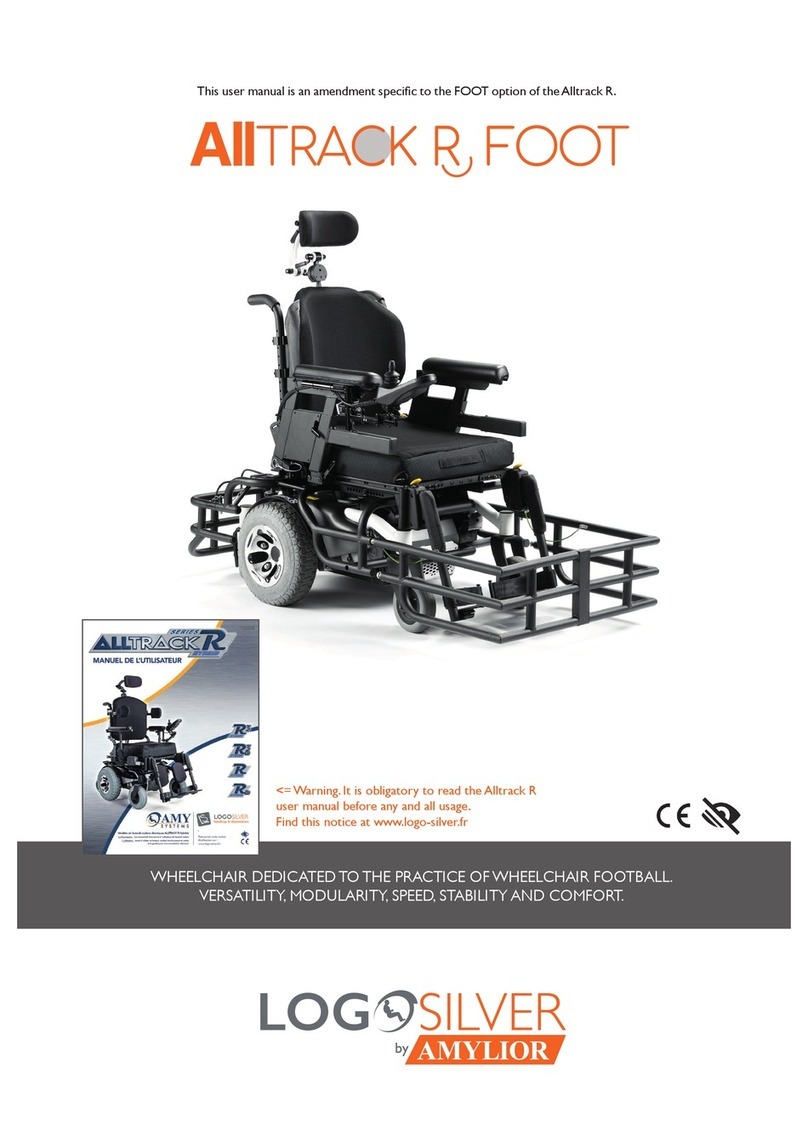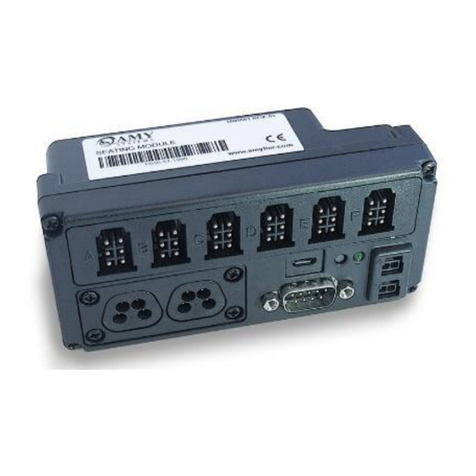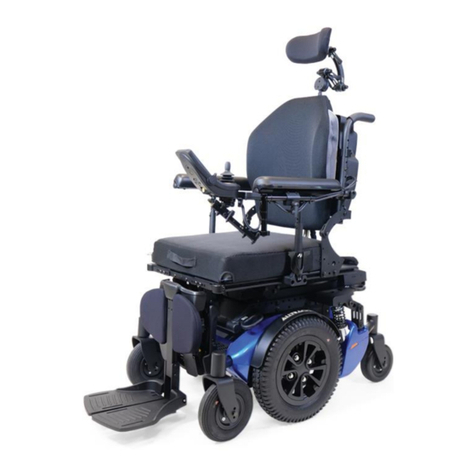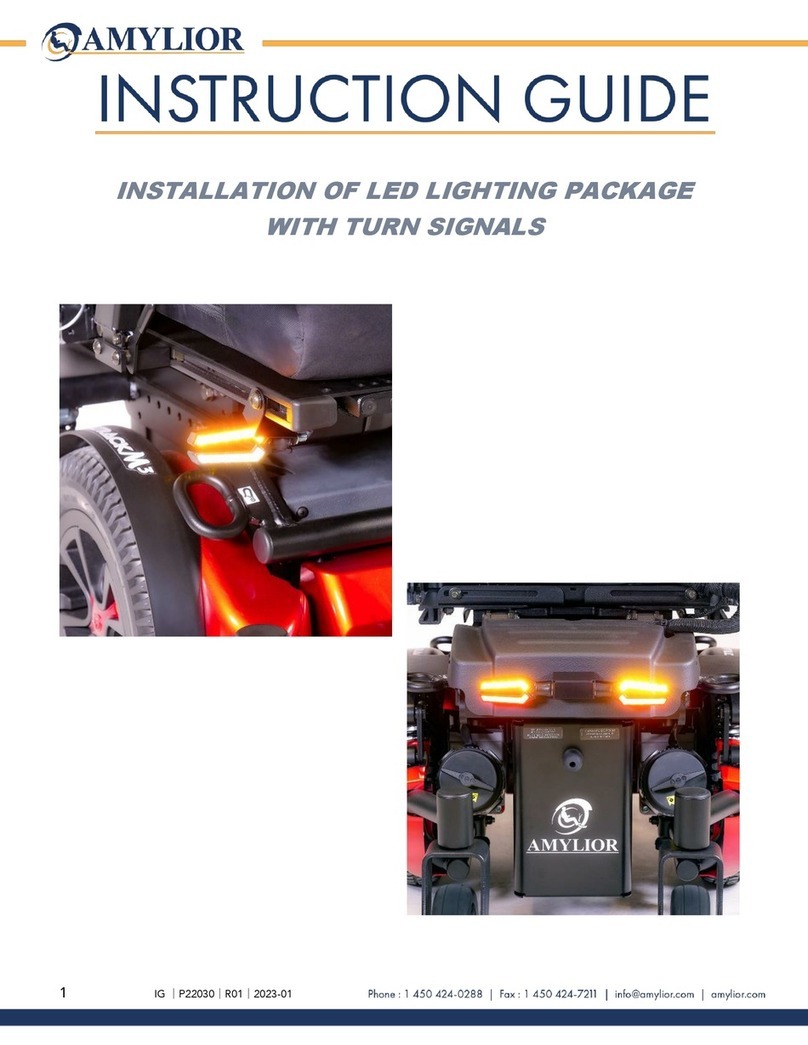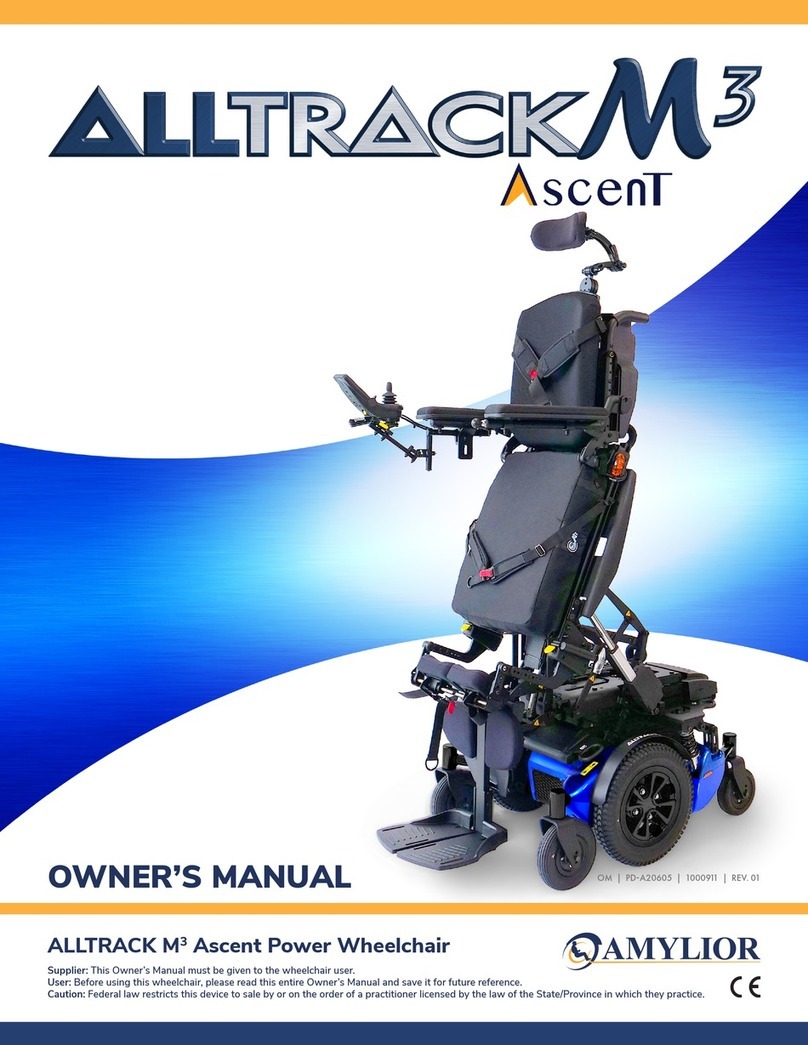
P·3
CONTENTS
I. INTRODUCTION ....................................................................................................... 4
1.1 USAGE IN ACCORDANCE WITH THE INSTRUCTIONS................................. 4
1.2 LIABILITY ........................................................................................................................ 5
1.3 INDICATIONS FOR REUSE....................................................................................... 5
1.4 MAINTENANCE ........................................................................................................... 5
II. SECURITY ...................................................................................................................... 5
2.1 STANDARDS AND GUIDELINES............................................................................. 6
2.2 DECLARATION OF CONFORMITY....................................................................... 6
2.3 GENERAL SAFETY INSTRUCTIONS ...................................................................... 7
2.4 TRANSPORT AND STORAGE SAFETY REQUIREMENTS ................................ 7
2.5 OPERATING SAFETY REQUIREMENTS................................................................. 8
2.6 SAFETY REQUIREMENTS FOR MAINTENANCE, UPKEEP & DISPOSAL..... 9
2.7 USER REQUIREMENTS ............................................................................................... 9
2.8 SECURITY FUNCTIONS ............................................................................................ 10
2.9 WARNING SIGNS AND SIGNALS .......................................................................... 10
2.10 ELECTROMAGNETIC INTERFERENCE ................................................................. 10
III. STRUCTURE AND PERFORMANCE ..................................................................... 11
3.1 ELECTRICAL DIAGRAM FOR THE LIGHTCHAIR II .......................................... 11
3.2 STRUCTURE OF THE LIGHTCHAIR II................................................................... 12
IV. SPECIFICATIONS ........................................................................................................ 13
V. INSTALLING AND FOLDING .................................................................................. 14
5.1 INSTALLATING ............................................................................................................ 14
5.2 FOLDING ...................................................................................................................... 15
VI. USAGE AND FUNCTIONALITY ............................................................................. 15
6.1 USAGE ............................................................................................................................ 15
6.1.1 CONTROLLER .............................................................................................................. 15
6.1.2 BATTERY USAGE.......................................................................................................... 16
6.1.3 CHARGING THE BATTERIES.................................................................................... 17
6.1.4 SURGE PROTECTION ................................................................................................ 17
6.1.5 BRAKE LEVER................................................................................................................ 17
6.1.6 SEATBELT ........................................................................................................................ 18
6.2 FUNCTIONALITY........................................................................................................ 18
6.2.1 PREPARATION BEFORE USE .................................................................................... 18
6.2.2 TRAINING BEFORE USE............................................................................................ 18
VII. DIAGNOSIS AND TROUBLE-SHOOTING............................................................ 20
VIII. SAFETY DEVICES AND ACCIDENT MANAGEMENT ....................................... 20
IX. UPKEEP............................................................................................................................ 21
9.1 HUMIDITY...................................................................................................................... 21
9.2 TEMPERATURE.............................................................................................................. 21
9.3 GENERAL INSTRUCTIONS ...................................................................................... 21
9.4 UPKEEP AFTER USE ..................................................................................................... 22
9.5 REGULAR CHECKS ..................................................................................................... 22
9.6 CLEANING..................................................................................................................... 23
9.7 DISINFECTING & RE-USING A POWER WHEELCHAIR .................................. 24
X. TRANSPORT AND STORAGE .................................................................................. 25
XI. OPENING AND VERIFICATION .............................................................................. 25
XII. GUARANTEE................................................................................................................. 26
XIII. DISPOSAL ....................................................................................................................... 27
